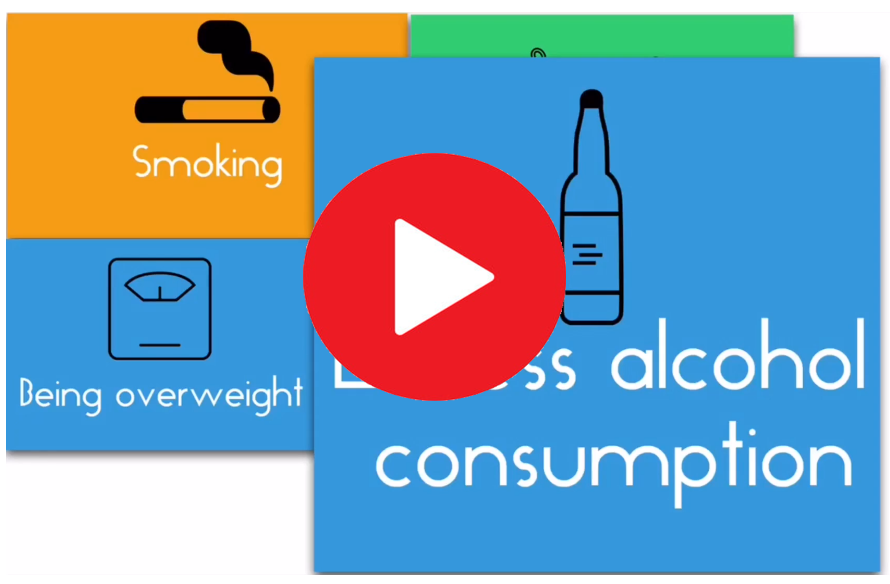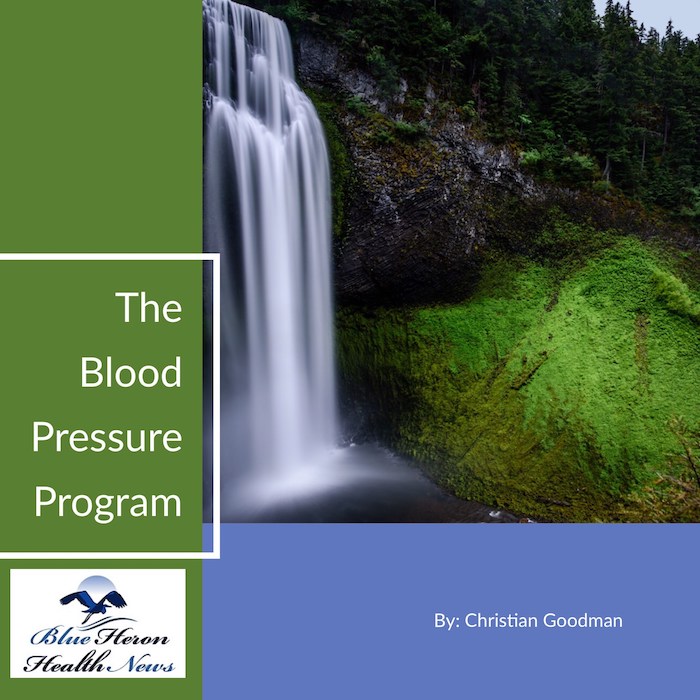The Bloodpressure Program™ By Christian Goodman The procedure is a very basic yet effective method to lessen the effects of high blood pressure. To some people, it sounds insane that just three workouts in a day can boost fitness levels and reduce blood pressure simultaneously. The knowledge and research gained in this blood pressure program were really impressive.
Blood Pressure in Special Populations
Managing blood pressure in special populations requires a nuanced approach due to the unique physiological, clinical, and social factors that influence hypertension in these groups. Special populations include the elderly, pregnant women, children, ethnic minorities, and patients with comorbidities such as diabetes or chronic kidney disease. This comprehensive overview explores the challenges and strategies for managing blood pressure across these diverse groups.
1. Elderly Population
A. Physiological Changes with Aging
- Vascular Stiffness: Aging is associated with increased arterial stiffness, leading to higher systolic blood pressure (SBP) and widened pulse pressure. This makes isolated systolic hypertension more common in the elderly.
- Renal Function: Declining renal function with age affects the body’s ability to regulate blood pressure and respond to antihypertensive medications.
- Autonomic Regulation: Reduced baroreceptor sensitivity and changes in autonomic regulation can lead to orthostatic hypotension, especially with antihypertensive treatment.
B. Challenges in Management
- Polypharmacy: Elderly patients often take multiple medications, increasing the risk of drug interactions and side effects, such as orthostatic hypotension and electrolyte imbalances.
- Cognitive Impairment: Cognitive decline can affect adherence to treatment regimens and the ability to report symptoms accurately.
- Frailty: Frail elderly patients may be more vulnerable to the side effects of antihypertensive drugs, particularly falls due to hypotension.
C. Treatment Considerations
- Blood Pressure Targets: Blood pressure targets may be individualized, with a general recommendation of less than 130/80 mm Hg in fit elderly patients but potentially higher targets in those with significant frailty or comorbidities.
- Medication Choice: Start with low doses of medications, and choose agents with a lower risk of side effects. Thiazide diuretics, ACE inhibitors, and calcium channel blockers are commonly used, but careful monitoring is essential.
- Monitoring: Regular monitoring for orthostatic hypotension, renal function, and electrolyte levels is crucial.
2. Pregnant Women
A. Hypertensive Disorders of Pregnancy
- Types of Hypertension:
- Chronic Hypertension: Pre-existing hypertension diagnosed before pregnancy or before 20 weeks of gestation.
- Gestational Hypertension: New-onset hypertension after 20 weeks of gestation without proteinuria or other signs of preeclampsia.
- Preeclampsia: Hypertension with proteinuria or signs of organ dysfunction after 20 weeks of gestation.
- Eclampsia: Preeclampsia with seizures.
- Complications: Hypertensive disorders in pregnancy can lead to maternal complications (e.g., stroke, renal failure) and fetal complications (e.g., preterm birth, intrauterine growth restriction).
B. Management Strategies
- Non-Pharmacological Approaches: Lifestyle modifications such as dietary changes, physical activity, and stress management are encouraged but should be tailored to the pregnancy.
- Pharmacological Treatment:
- Safe Medications: Methyldopa, labetalol, and nifedipine are commonly used due to their safety profiles in pregnancy.
- Avoided Medications: ACE inhibitors, ARBs, and direct renin inhibitors are contraindicated due to risks of fetal harm.
- Monitoring: Close monitoring of blood pressure, fetal growth, and signs of preeclampsia is essential. Regular prenatal visits and possible hospitalization in severe cases are necessary.
C. Postpartum Management
- Blood Pressure Monitoring: Blood pressure often normalizes postpartum, but some women may require continued antihypertensive treatment. Monitoring should continue for several weeks after delivery.
- Breastfeeding Considerations: Certain antihypertensive drugs are safe during breastfeeding, such as methyldopa, labetalol, and nifedipine. However, ACE inhibitors are generally avoided.
3. Children and Adolescents
A. Hypertension in Pediatric Populations
- Prevalence: Hypertension is less common in children than in adults but is increasingly recognized, particularly with the rise in childhood obesity.
- Primary vs. Secondary Hypertension: Primary hypertension (essential hypertension) is more common in adolescents, while secondary hypertension, often due to renal or endocrine disorders, is more prevalent in younger children.
B. Diagnosis and Evaluation
- Blood Pressure Measurement: Accurate blood pressure measurement in children requires age-, sex-, and height-specific percentile charts. Ambulatory blood pressure monitoring (ABPM) may be useful for diagnosing white coat hypertension or masked hypertension.
- Assessment for Secondary Causes: Comprehensive evaluation for underlying causes is essential, particularly in younger children or those with severe hypertension. This may include renal ultrasound, blood tests, and hormonal evaluations.
C. Treatment Approaches
- Lifestyle Modifications: Emphasis on weight management, healthy diet, and physical activity is crucial. Reducing salt intake and promoting a balanced diet are important.
- Pharmacological Treatment: Medication may be necessary for children with persistent hypertension or those with secondary causes. ACE inhibitors, ARBs, calcium channel blockers, and diuretics are commonly used, with dosing adjusted for age and weight.
- Monitoring and Follow-Up: Regular monitoring of blood pressure, growth, and development is essential. Education for both the child and parents about the importance of adherence and lifestyle changes is critical.
4. Ethnic and Racial Minorities
A. Hypertension Disparities
- Prevalence: Hypertension is more prevalent and often more severe in certain ethnic and racial groups, particularly African Americans, who also have a higher risk of complications such as stroke and kidney disease.
- Response to Treatment: Ethnic differences in response to antihypertensive medications have been observed, with African Americans responding better to diuretics and calcium channel blockers than to ACE inhibitors or ARBs.
B. Culturally Competent Care
- Understanding Barriers: Socioeconomic factors, access to healthcare, and cultural beliefs can influence the management of hypertension in minority populations.
- Tailored Treatment: Consideration of cultural preferences and barriers is essential. For example, providing dietary advice that respects cultural food practices can improve adherence to lifestyle modifications.
- Community Involvement: Community-based interventions and education programs can be effective in raising awareness and improving blood pressure control in these populations.
5. Patients with Diabetes
A. Hypertension and Diabetes
- Prevalence: Hypertension is common in patients with diabetes, significantly increasing the risk of cardiovascular events, kidney disease, and other complications.
- Pathophysiology: The combination of diabetes and hypertension accelerates atherosclerosis, increases arterial stiffness, and leads to microvascular and macrovascular complications.
B. Management Strategies
- Blood Pressure Targets: More stringent blood pressure targets are often recommended for patients with diabetes, generally aiming for less than 130/80 mm Hg to reduce cardiovascular and renal risks.
- Preferred Medications:
- ACE Inhibitors and ARBs: These are often first-line therapies because they provide renal protection in addition to lowering blood pressure.
- Calcium Channel Blockers and Diuretics: These may be added as second-line agents, but careful monitoring is needed to avoid worsening blood glucose control.
- Monitoring: Regular monitoring of blood pressure, kidney function, and glycemic control is crucial. Combining antihypertensive therapy with optimal glucose management is essential for reducing overall cardiovascular risk.
6. Patients with Chronic Kidney Disease (CKD)
A. Hypertension in CKD
- Prevalence: Hypertension is both a cause and a consequence of CKD. It accelerates the progression of kidney disease and increases the risk of cardiovascular events.
- Pathophysiology: Hypertension in CKD is often driven by volume overload, impaired sodium excretion, and activation of the renin-angiotensin-aldosterone system (RAAS).
B. Management Challenges
- Blood Pressure Targets: Guidelines often recommend lower blood pressure targets for patients with CKD, typically less than 130/80 mm Hg, to slow disease progression and reduce cardiovascular risk.
- Medication Choice:
- ACE Inhibitors and ARBs: These are preferred due to their renal protective effects, particularly in patients with proteinuria. However, they require careful monitoring of kidney function and potassium levels.
- Diuretics: These are often necessary to manage volume overload but may need to be used with caution due to the risk of electrolyte imbalances.
- Calcium Channel Blockers: These can be added to control blood pressure, especially in patients with resistant hypertension.
C. Monitoring and Follow-Up
- Kidney Function Monitoring: Regular monitoring of serum creatinine, estimated glomerular filtration rate (eGFR), and potassium levels is essential, particularly when using RAAS inhibitors.
- Managing Complications: In patients with advanced CKD, managing anemia, acidosis, and other complications is also crucial.
7. Resistant Hypertension
A. Definition and Prevalence
- Resistant Hypertension: Defined as blood pressure that remains above target despite the use of three or more antihypertensive medications, including a diuretic. It is a relatively common problem, particularly in patients with comorbid conditions like obesity, diabetes, and CKD.
B. Evaluation and Causes
- Secondary Hypertension: Assess for secondary causes of hypertension, such as primary aldosteronism, renal artery stenosis, or obstructive sleep apnea.
- Medication Adherence: Non-adherence to prescribed therapy is a common cause of apparent resistant hypertension and should be carefully assessed.
- Lifestyle Factors: Address lifestyle factors, such as obesity, excessive salt intake, and alcohol consumption, which can contribute to resistant hypertension.
C. Treatment Strategies
- Optimizing Therapy: Adjusting the doses and combinations of medications is often necessary. Adding aldosterone antagonists, such as spironolactone, can be particularly effective.
- Advanced Therapies: In refractory cases, consider referral for advanced therapies such as renal denervation or baroreceptor activation therapy, although these are still under investigation and not widely available.
Conclusion
Managing blood pressure in special populations requires a tailored approach that takes into account the unique physiological, clinical, and social factors that influence hypertension in these groups. From the elderly to pregnant women, children, ethnic minorities, and patients with comorbidities, understanding these nuances is essential for effective blood pressure control. Personalized treatment strategies, regular monitoring, and a holistic approach that addresses lifestyle, medication adherence, and cultural factors are critical to achieving optimal outcomes in these diverse populations. As research and clinical practice evolve, the management of hypertension in special populations will continue to improve, offering better health outcomes for all.

The Bloodpressure Program™ By Christian Goodman The procedure is a very basic yet effective method to lessen the effects of high blood pressure. To some people, it sounds insane that just three workouts in a day can boost fitness levels and reduce blood pressure simultaneously. The knowledge and research gained in this blood pressure program were really impressive.
